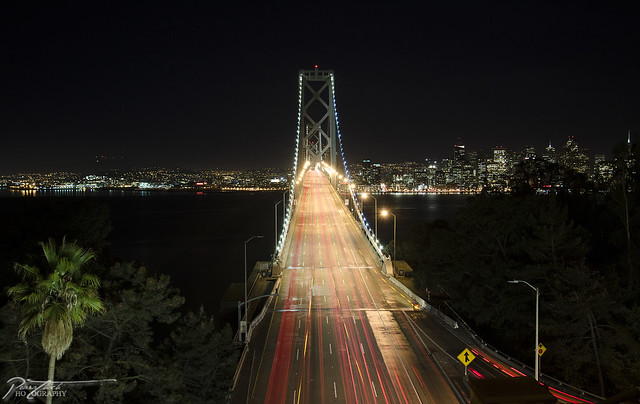Aussie
Zoom-Zoom
Yes lower ISO increases the dynamic range so shooting at 100 or 200 would be better. Sharpening only makes transitional edges sharper, if something is blurred or out of focus it won't help.A tripod is a must with along with a low ISO to reduce noise. I was thinking more of post editing. Increasing the sharpness would define the edges of the rocks more and wouldn't that add to DOF? DOF is something new to me.
The slow shutter speed is a good thing with water photos, especially in this one cause if there were clouds in the sky it would increase the reflection and illusion of floating rocks.
Depth of field is the area in front of, and behind, the point of focus, that is still in acceptably sharp focus. If you use a larger aperture, as in f2, you are making that area smaller; so say you'll only have 1ft in front and behind your focal point in focus. Where if you shot at f8 you would have 15ft in front of and behind the focus point in focus.
f1.4, f2, f2.8, f4, f5.6, f8, f11, f16 etc
faster shutter speeds----------slower shutter speeds
less dof---------------------------more dof
Also your focal length and distance to the subject changes your DOF. If you are closer to the subject, your dof will lessen, same as if you use a longer focal length. If the subject is further away, or you are using a wide angle, there will be much more dof.
In the case of the rocks it looks like he was about 20ft away. So if we go with that, and his EXIF which says he was shooting at 55mm and f5.6, he would have about 10ft of distance where everything was in focus. If he shot at f11 that would increase to about 23ft.
Last edited:







